The cheapest hybrid on the market today has much promise for a brighter and greener future.
Photos: Low Fai Ming
While we mourn the death of the high-performance Hondas and all of their high-revving banzai frenzy, Honda has been focusing it's R&D on hybrid technology. The Insight is currently the lowest-priced hybrid you can buy. Thing is, should you?
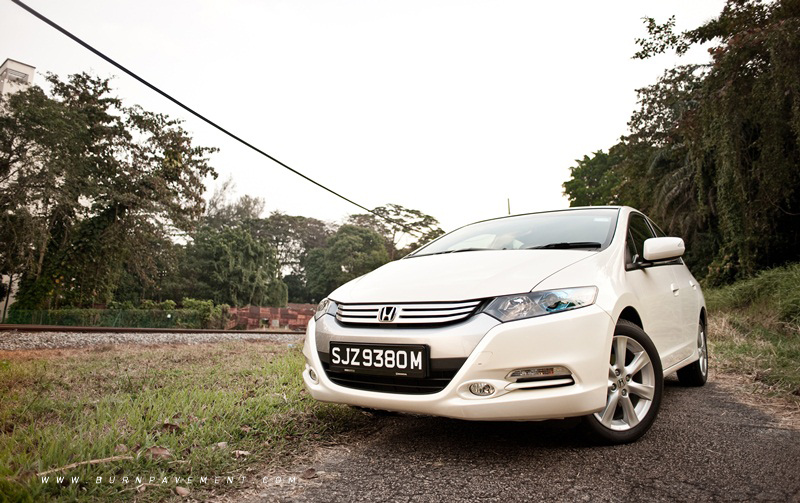
If you do notice the side wedge profile, there's a slight resemblance to the previous-gen hybrid from another Japanese manufacturer, but with more curves thrown in. Honda has done well with the styling to keep it from looking boring: The front end looks angular and slightly aggressive, while at the back, you get that unique CRZ and Civic FN2 twin-glass tailgate, and futuristic LED tail lights.
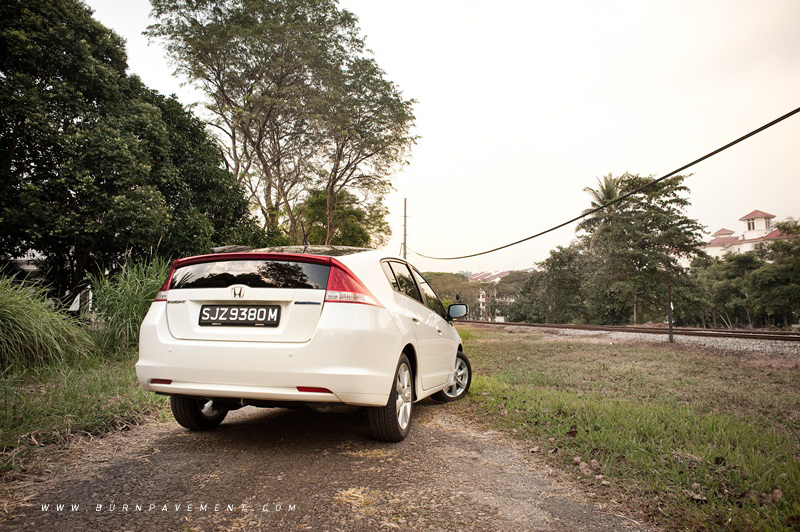
Inside the Insight (pun unavoidable), we are presented an interior that follows the sci-fi theme of the current Civic, with several elements borrowed from the Jazz. Like most Hondas, the switches and buttons are clearly labelled and easy to operate. You get a stereo with USB and aux audio input, a CD/MP3/WMA disc drive and an overall simple control scheme.
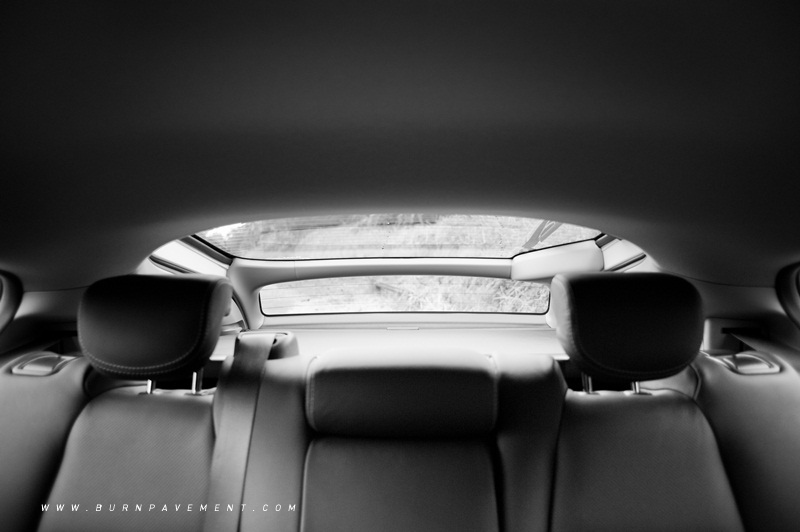
While fit and finish is top-notch as expected from a Honda, there's plenty of space for two in the front. That said though, the sloping roof-line means that the rear passengers will face quite a squeeze if they're taller than the average Asian. In terms of practicality, the boot's pretty shallow, since the battery pack is stored under the floor, but if you don't mind the world seeing what you're carrying and slide the boot cover away, it's possible to squeeze a lot of stuff into it.
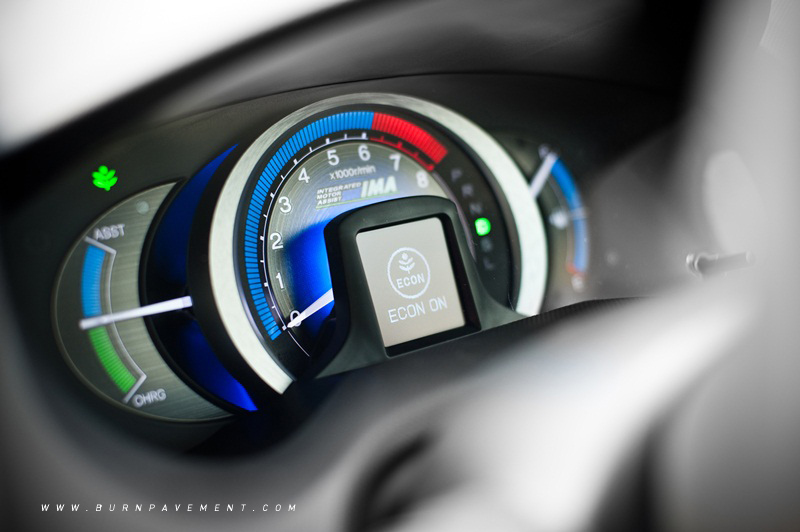
On the dash display, you can call up the Eco-Assist mode to tell you how much fuel you're burning, or where the power's coming from. This works in conjunction to the big green Econ button that sets the whole car into a factory-programmed Eco mode. However, pressing that button also controls the climate control of the Insight, which can lead to passengers boiling up in the burning Singapore tropical sun. If fuel economy's your main priority however, this is the only mode you must use to achieve the maximum fuel economy numbers.
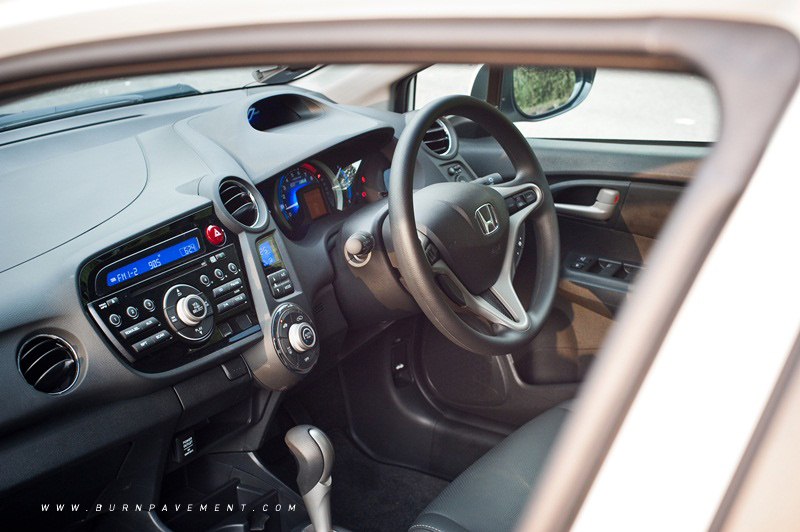
The background of the breakout digital speedo isn't just another static colour affair. It changes from green to blue, depending on how heavy-footed you are on the accelerator. Blue means you're doing more harm than good. Blue-green means that you're on the fine balance between aggressive driving and economy. Green tells you that you're driving around with the best fuel consumption figures and consequently, the greenest way to drive.
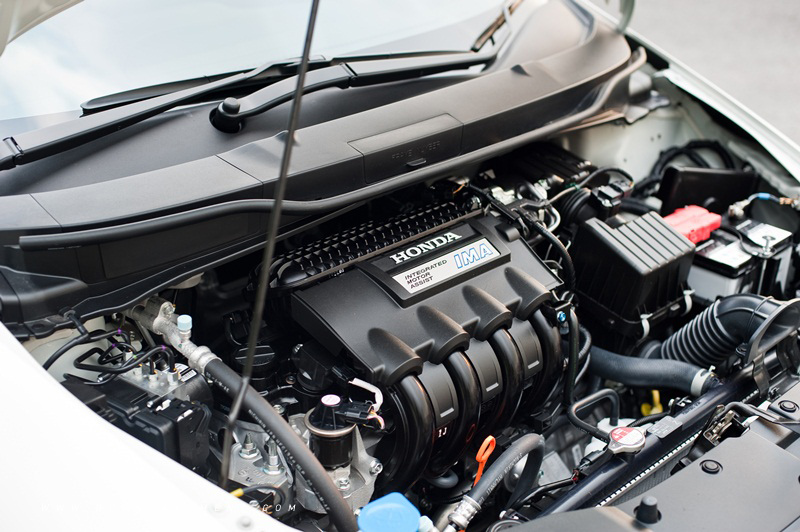
With 98hp from the 1.3L i-VTEC engine, 14hp from the electric motor and a combined 199Nm of torque, the 1.2 tonne Insight doesn't exactly fly from a stand still, but it pulls away at a pretty brisk pace without changing the speedo's background into full blues. It’s mated to a continuously variable transmission (CVT), which provides an almost infinite gear ratio to efficiency in check.
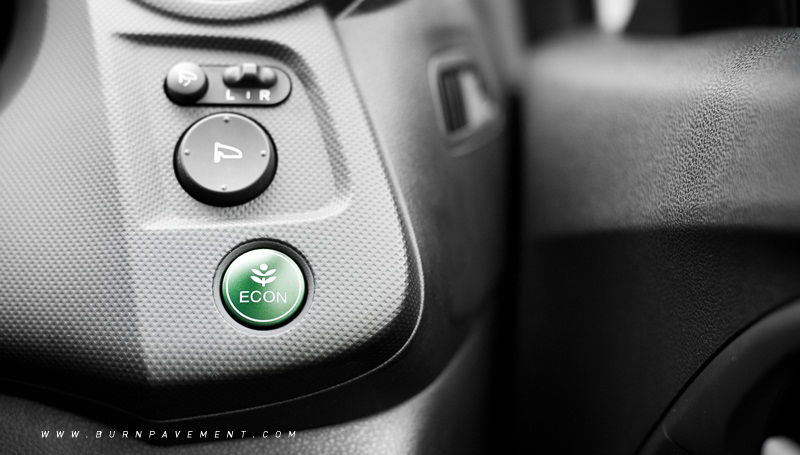
Deliberately getting stuck in the stop-and-go traffic snarl on the PIE in Eco mode, the Start-Stop system gets more aggressive with the engine's power cut. On normal roads, it will cut the power as you're coasting to a stop at the red light, but while sitting in a jam, it seems to “sense” it and will keep the engine running, instead of cutting the power. Unlike another Japanese manufacturer's hybrid car, the Insight's hybrid system never operates in a full electric-power mode. The engine will always be powering the car at any speed.
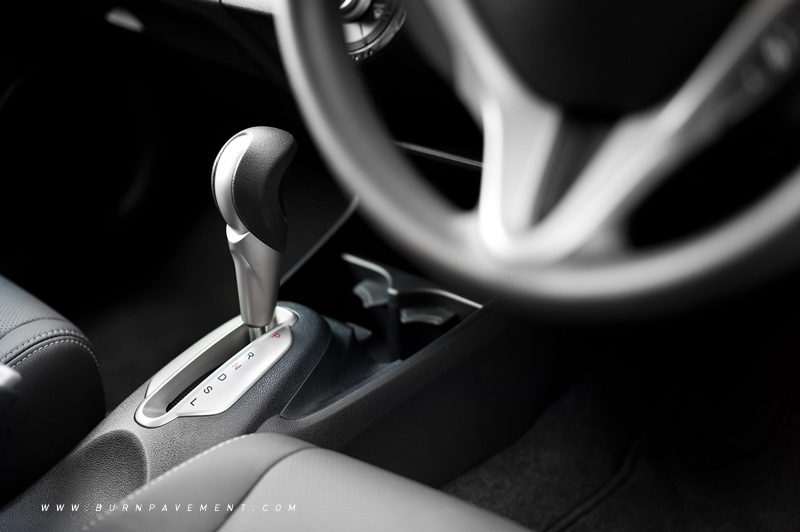
Being Burnpavement, we always seem to find ourselves on nice twisty roads devoid of any traffic. That's when we discovered the reason behind the “S” mode on the gear selector - the Insight is fun to drive. Road feedback in the electrically-assisted power steering is better than most family sedans on the market and it feels light enough not to be a hindrance for tight car park maneuvering. Handling is very responsive too, thanks to the suspension design that's similar to the Jazz: MacPherson struts in the front and a torsion beam rear suspension, tuned to give a good compromise between firm handling and comfort.
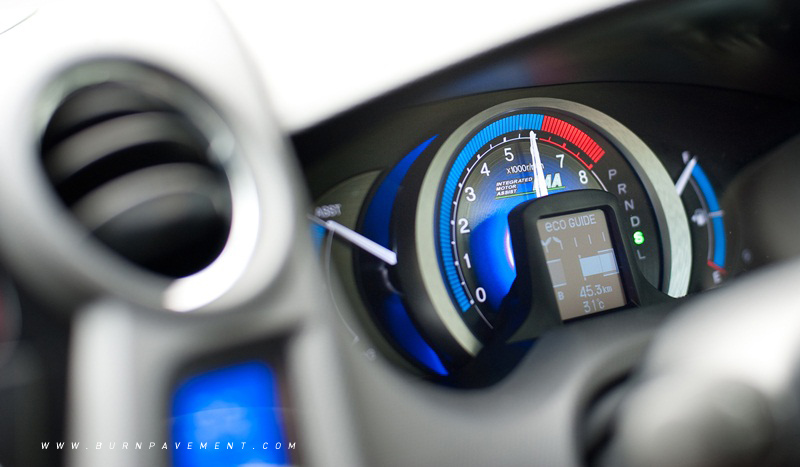
Knocking the lever from “D” to “S”, the CVT starts to choose more aggressive low gears that will see the 1.3L engine scream till redline. Unlike the B16's and K20's of lore however, there isn't that magical VTEC kick, nor is there that much actual power. The noise from the engine bay may sound like thousands of horses trying to get out, but thanks to the CVT, it feels as if the clutch is slipping. A fact proven when we were trying to accelerate with a full load. Noise levels go up, refinement goes out of the window, yet we were easily overtaken by a modified Korean sedan.
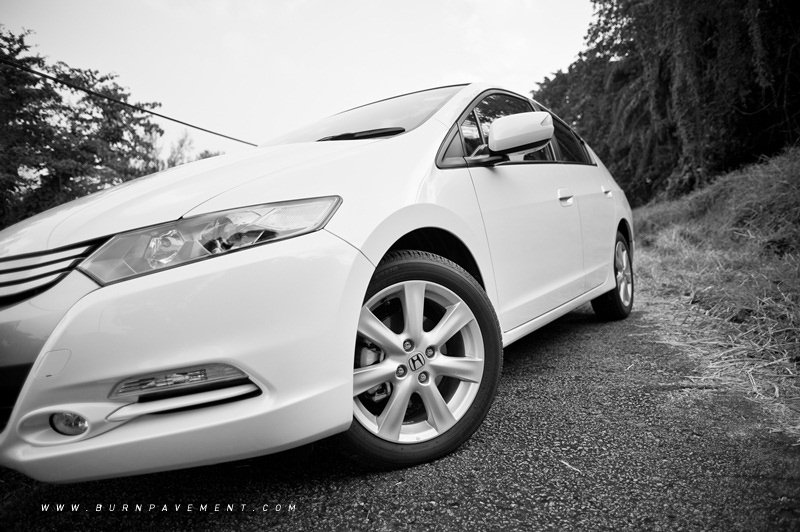
The thin 185/55 16-inch tyres are great for economy runs, but they won't stand up to abusive driving, constantly squealing through the corners if you dare push the limits. Still, they provide a good level of comfort and road holding that's good enough for a sporty drive, once in a while. On the braking front, regenerative braking is noticeable on deceleration, allowing less use of the anti-lock front disc and rear drum brakes, emitting a faint electronic squeal from the system as you slow to a halt.
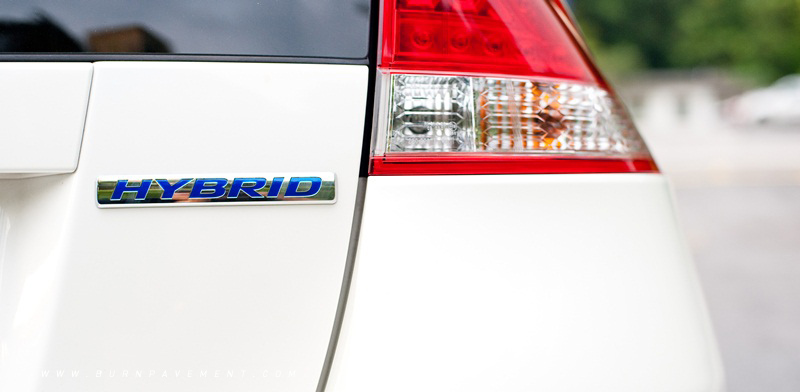
Once you're done with your daily drive, the computer will show you your Eco-Score, measured in the number of leaves out of a maximum of five, while a horizontal bar in the bottom row of the display gives a ‘lifetime score’ that represents lifetime performance. This, according to Honda, is to help drivers learn and then implement a smooth driving style, improving the efficiency over time. Sure, to some, this may seem like a boring feature to you, but we think otherwise. In all, the Insight is less powerful than the direct competitor, but to it's advantage, it has a more engaging drive for a hybrid car. That, combined with solid build quality and reliability plus being the cheapest hybrid car you can get today, the Insight is worth a hard look if you're concerned about going eco-friendly.
